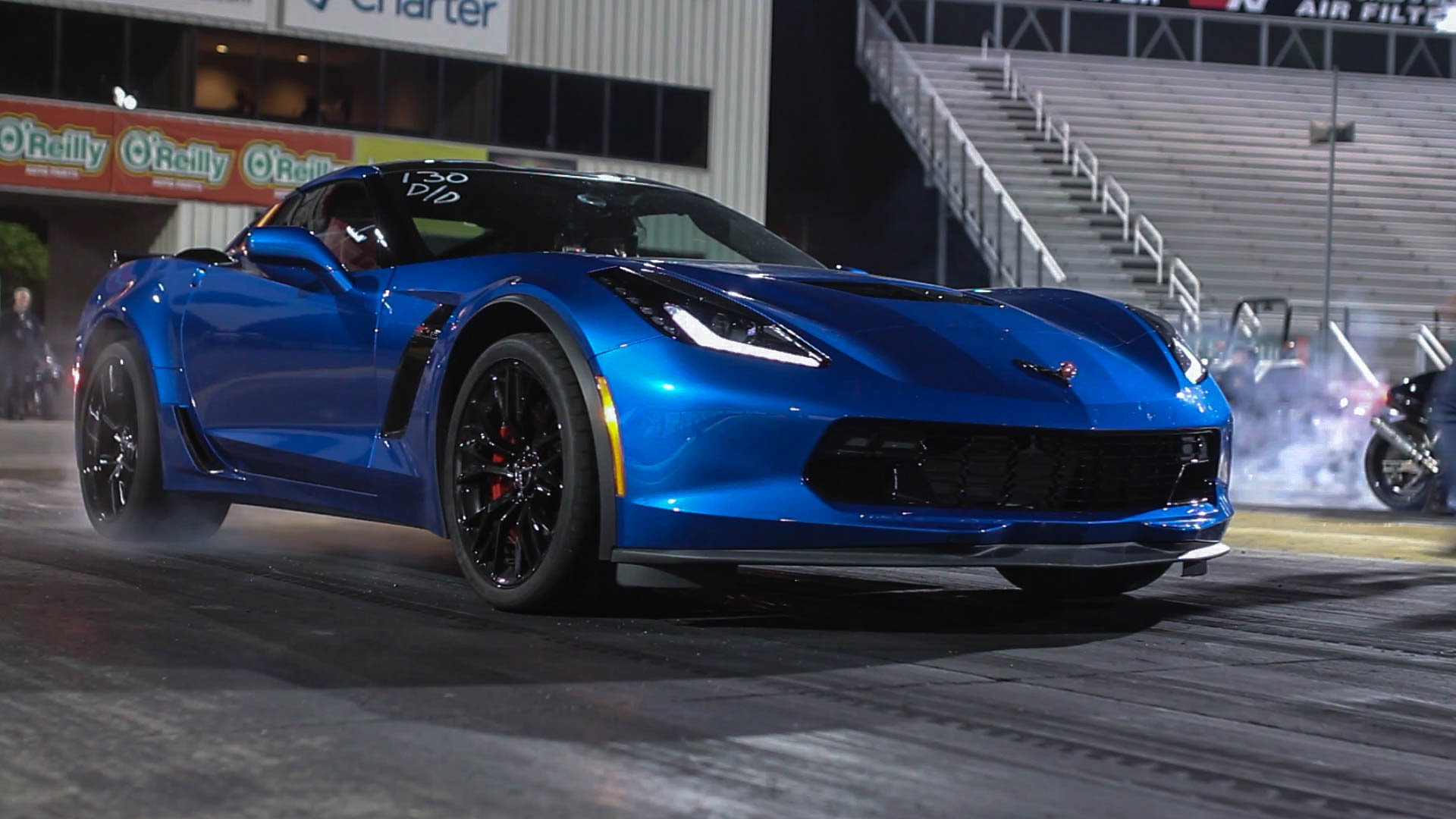Quarter-mile Times for Every Corvette Model Year
When an apples to apples comparison of vehicle performance is the talk of the day, a car’s given time in the 1/4 mile often becomes the metric with which superiority is measured. Whether launching from the line simultaneously upon the beckoning of the Christmas tree, or making an unaccompanied single pass in an attempt to conquer a standing best time, there is something about that magical 1320 feet that has always lit a fire in the very being of gearheads far and wide.
Many discussions bent on sorting out the matter of whose car is top-dog, have been settled by simply comparing ever valuable ¼ mile figures. In fact, comparing horsepower has, in many cases, gone by the wayside in favor of tossing out short distance times. If you are the proud owner of a performance vehicle, you can likely recite your car’s ¼ mile time nearly as well as your address, phone number, or birth date.
No Subscription? You’re missing out
Get immediate ad-free access to all our premium content.
Get Started



